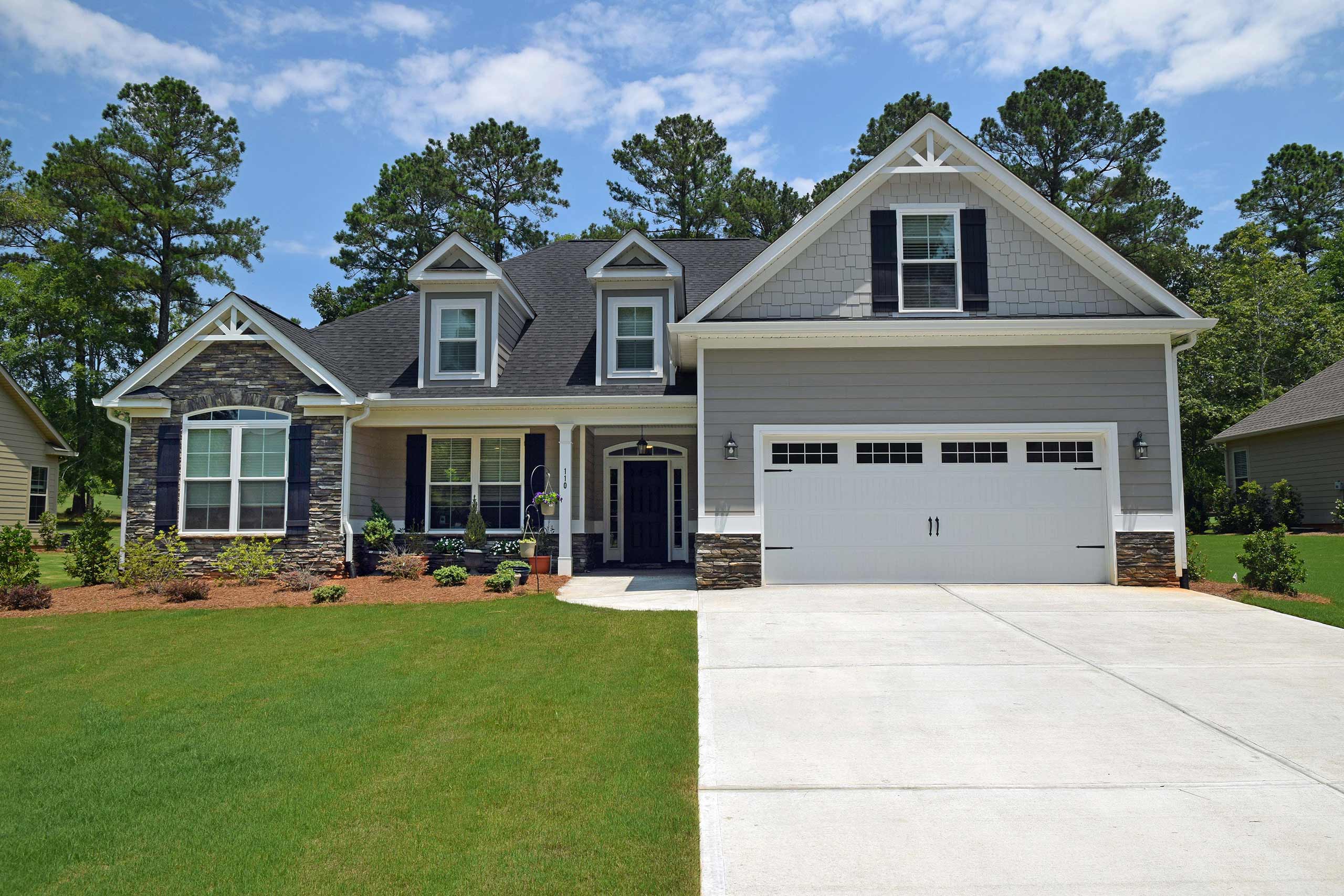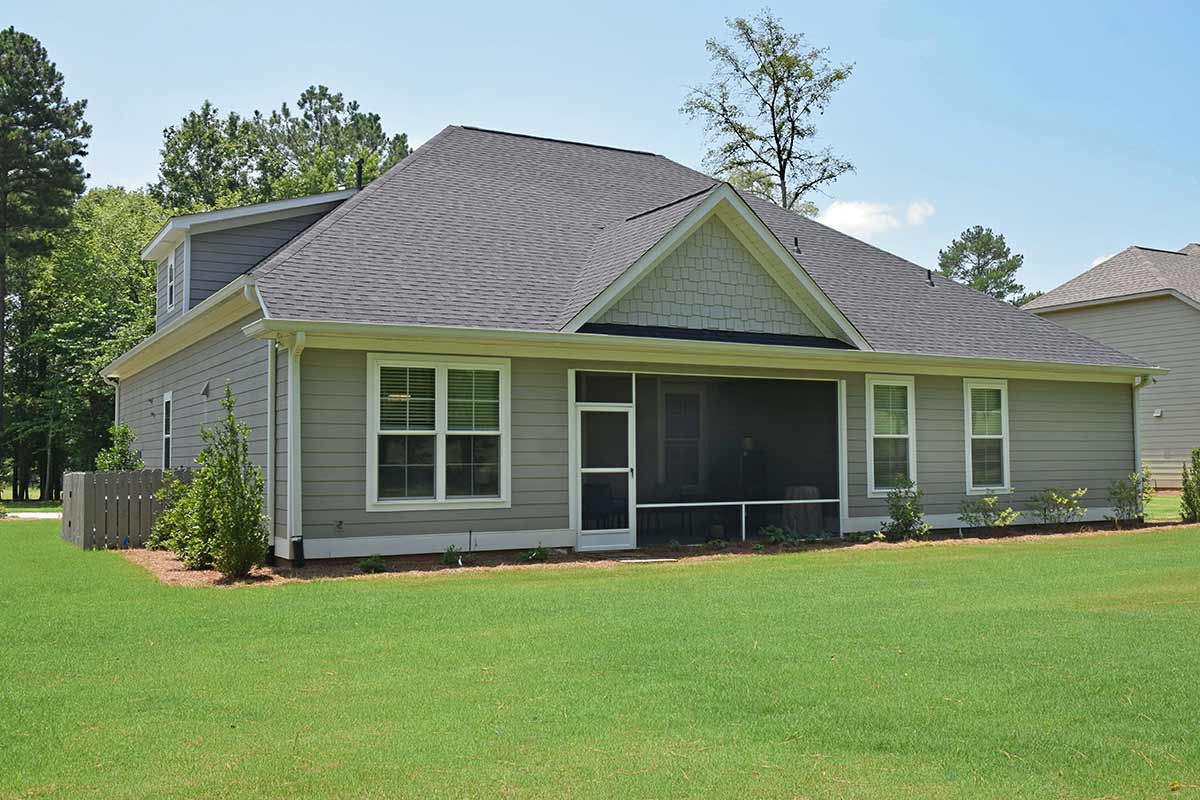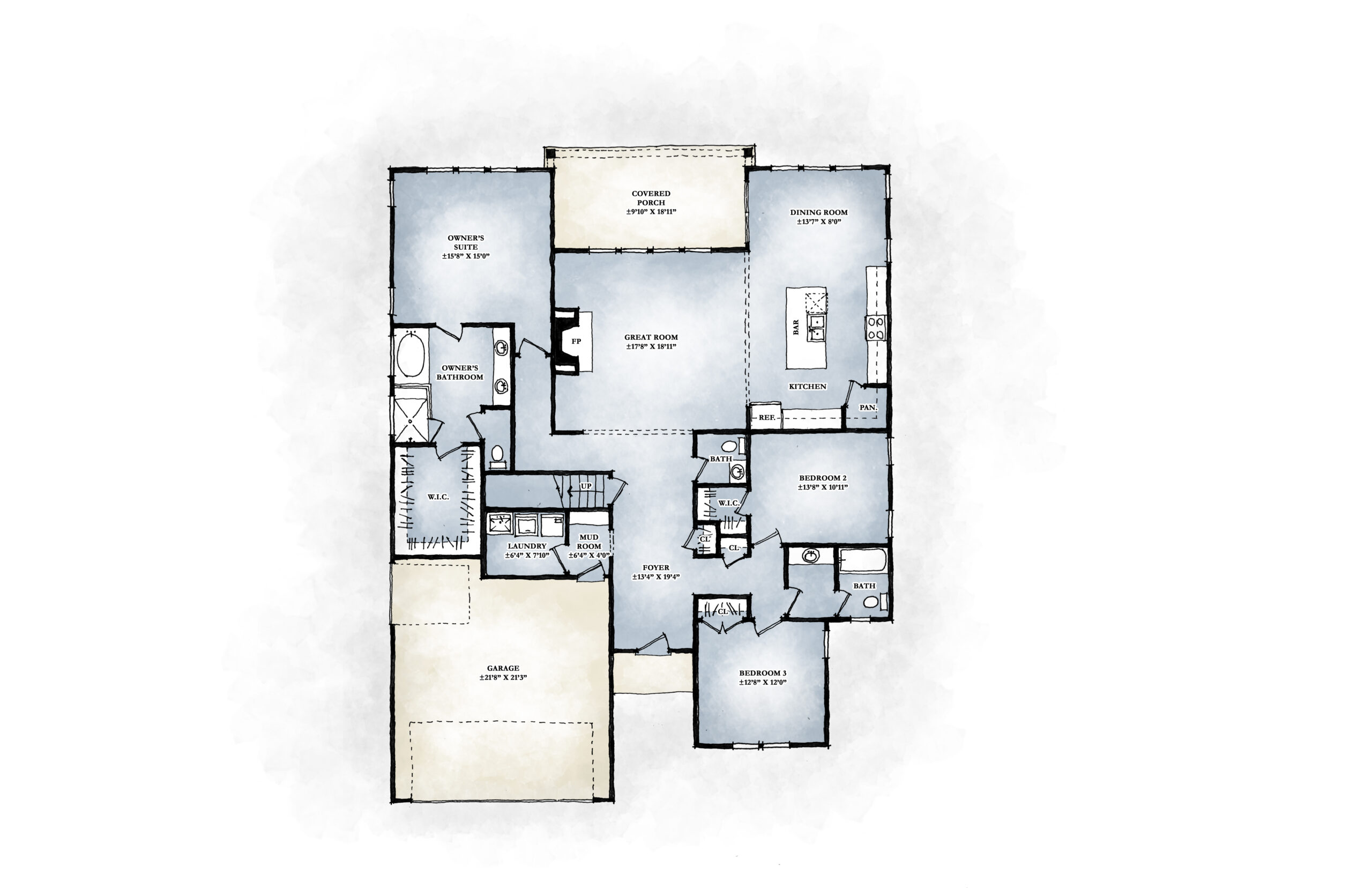Ninety Six, South Carolina
Ninety Six has a colorful history dating back to colonial times when a settlement began at the 96th milepost on a trail used by traders with the Indians. A little store supplying traders with such items as rum, sugar, and gunpowder is on record as early as 1730. Most likely, Ninety Six received its name when a surveyor estimated, by riding his horse, that it was ninety-six miles to Keowee, the capital of the Cherokee nation.
The colony’s royal governor, James Glen, came to Ninety Six for a ceremonial conference with the Cherokee “emperor” in 1746. The governor had a military escort and “about 50 gentlemen,” according to the land journal of his trip.
The first land battle of the Revolutionary War in the South was fought at Ninety Six on November 19-21, 1775. About 500 Patriots hastily built a rustic fort of fence, rails, and bales of straw dug a well inside and fought an attack from a much larger force of Tories. There were casualties on both sides, the first blood shed for American independence in this region. The battle ended in a formal truce.
Considered a key backcountry outpost, British forces later fortified Ninety Six, building a fence around the village and, at one corner, constructing a star-shaped fort of massive earthen embankments. Inside Star Fort, the British held out for 28 days in May through June, 1781 against a siege by General Nathaniel Greene and his American Continental Army. The Americans started a tunnel through which they planned to blow up Star Fort. Still, the Redcoats under Lord Rawdon marched from Charleston to aid the garrison, and General Greene had to withdraw before superior numbers.
Embankments of the star-shaped fort and some 35 feet of the tunnel have survived in the forest for over 200 years. Archeologists uncovered marks of stockades, Fort Ninety Six, which protected pioneers against Indian attacks in 1760 and traces of more Colonial fortifications. Also found were the foundation corners of the Colonial courthouse and jail, which were built around 1770. The village was the center of the Ninety Six Judicial District, established in 1769. The district encompassed 14 modern South Carolina counties. The National Park Service owns the site, and because of its essential history, Congress authorized the creation of the Ninety Six National Historic Site in 1976. The park is located on South Carolina Highway 248, two miles south of the present town of Ninety Six.
When Davis Love III designed The Patriot at Grand Harbor, he incorporated a re-creation of the historic Star Fort along several holes of the golf course.
Today, Ninety Six boasts a charming central business district with various small shops and restaurants. Visit the town’s website at www.TownOfNinetySixSC for more information on special events and town happenings.








